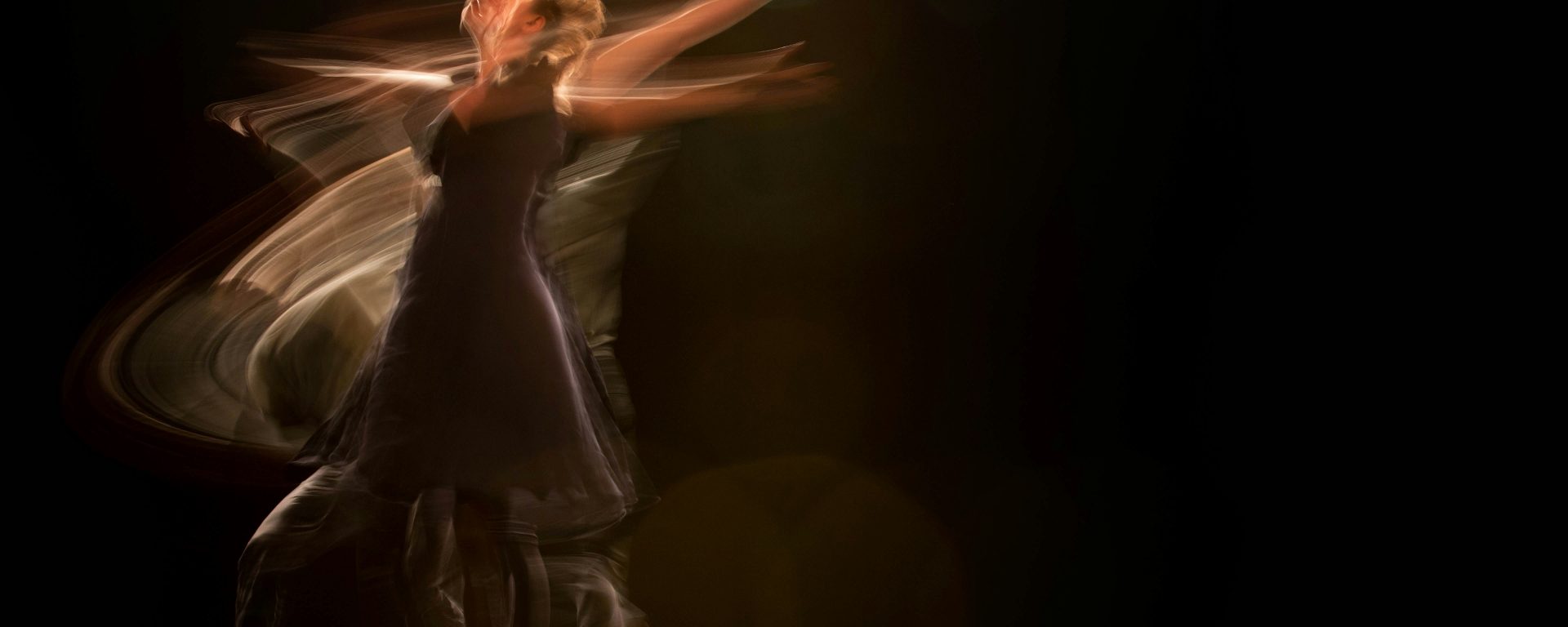I unknowingly have been interested in intellectual property law, specifically copyright law, since I attended dance classes as a child. When I was about 10, I began to wonder why certain songs were chosen and others were not for our annual productions. Why could we perform to Michael Jackson songs while wearing white, sparkly gloves, but we were not allowed to dance to Disney songs from “The Lion King.”
A Partial Answer
I asked my dad. He asked my dance teacher. She explained that the songs are copyrighted. The studio purchases licenses via different agencies to use the songs in our performances. The reason we did not dance to Disney songs was because Disney licenses were expensive. And, Disney characters too. She said that Disney could prevent us from dressing as lions and dancing to “The Circle of Life.”
This explanation made perfect sense to me until Nutcracker season came around. Every year we put on a production of Tchaikovsky’s “The Nutcracker.” We danced the traditional story in traditional Nutcracker costumes. If we were only allowed to use songs from “The Lion King” and not act out anything resembling the story, why were we allowed to do the full production of “The Nutcracker”?

This question nagged me until law school.
The Long-Awaited Answer
First-year law students at Loyola are required to take Property Law their first semester. It was in the intellectual property portion of Professor Paradise’s class where my Nutcracker question was answered.
I learned that copyright law protects an author’s original work if it is fixed in a tangible medium of expression with minimal creativity. But copyright does not last forever. Generally, copyright protection ends seventy years after the author dies.
Tchaikovsky wrote “The Nutcracker” in 1892. It is in the public domain. This means the work is no longer protected by copyright law. The public owns the works. “The Lion King,” on the other hand, is not in the public domain. Hence the hefty licensing fee to the copyright owner, Disney. This is why we could easily perform the “Nutcracker” but would have to pay a large sum of money to dance to “The Lion King.”
Technical Background Worries
Now that my question was finally answered, my interest in intellectual property continued to grow. However, I was quickly disheartened. I was under the impression that you needed a technical background to pursue any career in intellectual property — like an engineering degree or a degree in the hard sciences, for example chemistry. Because of this, I started to regret switching my major in college from computer engineering to history and political science. (But upon further reflection, there was no way I would have survived college as a computer engineer. It just was not for me.)
Then I attended a small networking event at Loyola hosted by Professor Ho. There I learned the differences between types of intellectual property including copyright, trademark, trade secrets, and patent law. Soft IP does not require a technical background, whereas certain patent law practices do. I was thrilled to learn that my undergraduate major change would not prevent me from pursuing a career in intellectual property.
Copyright and Choreography
At this networking event I met a third-year law student who had spent the previous summer working for a law firm specializing in copyright law regarding choreography for various dance companies, such as Alvin Ailey. I had no idea that choreography could be copyrighted, but I immediately knew that I wanted to learn more. Although I did not know it at the time, she unknowingly pushed me down the intellectual property path.
This conversation prompted me to take copyright law. Learning the ins and outs of copyright law brought me full circle. All the questions I had as a young dancer have been answered. But now I have many more, especially regarding the innerworkings of copyright law and choreography.

Madeleine Morris
Associate Blogger
Loyola University Chicago School of Law, J.D. 2022
